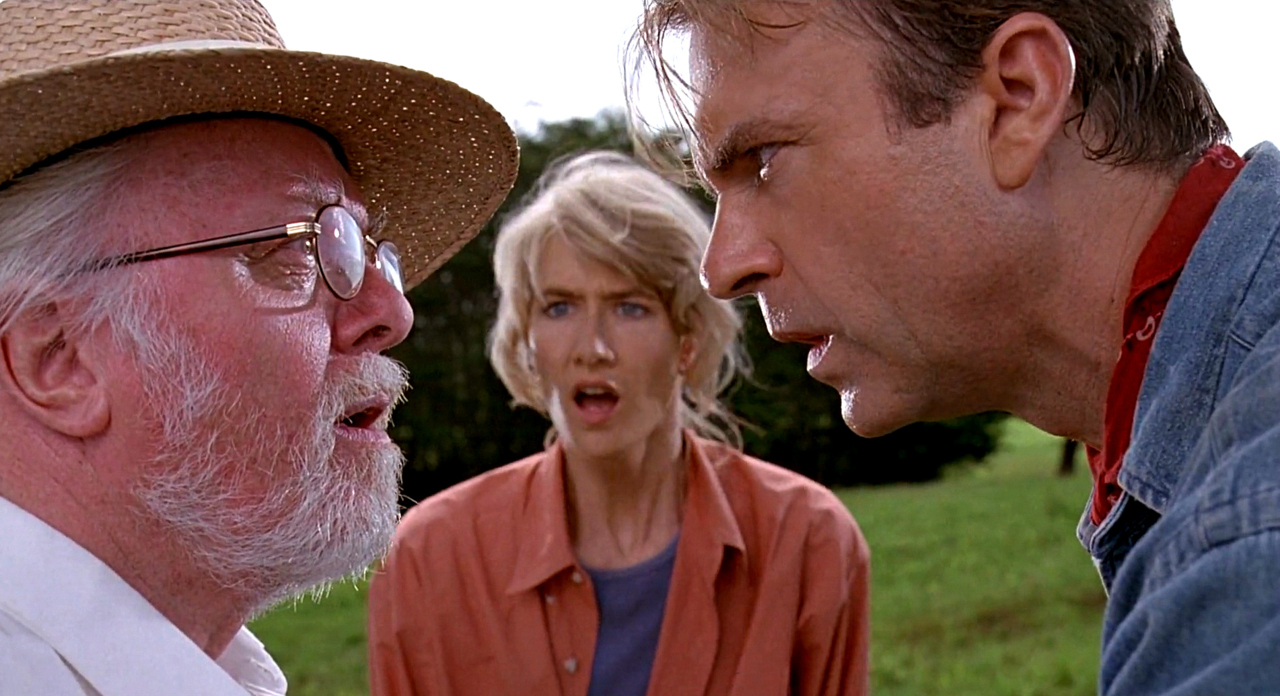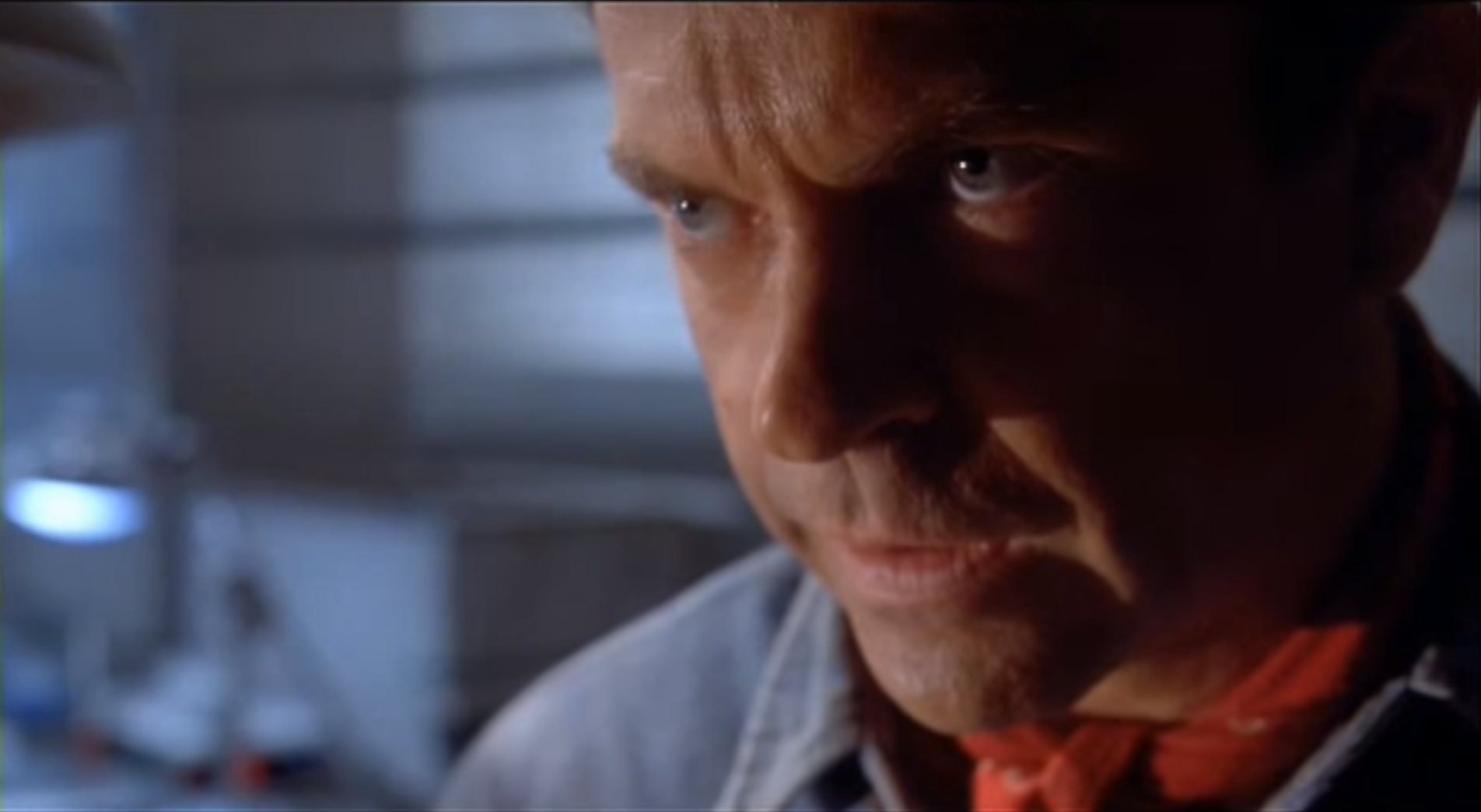The Drawing Tool has been incorporated into CBI Studio by InterWorks. Explore CBI Studio to see what’s new.

What’s not to love about dinosaurs? Their size, their teeth, their mystery – they still capture my imagination just as they did when I was six years old and coloring a Stegosaurus in a coloring book. What did they look like? What color were they? How did they sound? I’m not the only one with this fascination. During the summer of 2015, audiences voted with their wallets to make “Jurassic World” the year’s highest grossing film and number three all time behind “Avatar” and “Titanic.”
The success of the film got me thinking of dinosaur popularity. Which animals are people searching for the most on Google, and has the popularity of the film caused a spike in dinosaur search trends? I used Tableau to find out. Take a look:
We Have a T-Rex

Pulling data from Google Trends from Jan 2004 to Oct 2015, we’re able to see some interesting trends over time with Tableau. Which dinosaur would have the most searches? It should come as no surprise that the Tyrannosaurus rex came in at number one and the Velociraptors at the number two spot. The third on the list isn’t even a dinosaur at all. It’s the Pteranodon. The search history was pretty steady for this flying reptile (not a dinosaur). Of course, there was a huge spike after the movie came out this summer because that scene was pretty epic and brutal.
You’ve Bred Raptors?

Remember how no one before 1993 knew what a Velociraptor was until “Jurassic Park” came out? Same thing with the sequel’s new attraction the Indominus rex. To be fair, the I-rex was an invention for the film, but it’s interesting to see a huge spike in search queries for the hybrid dinosaur near the release of “Jurassic World” in June 2015. In fact, the Indominus rex came in at number 11 out of the 18 dinosaurs in “Jurassic World.” (Some dinosaurs aren’t shown on screen, but thanks to the “Jurassic World” website, there are 18 that the park supposedly has.) Not bad for a fake dinosaur that only had a few months to climb up the list.
How Did You Do This?

Using the Drawing Tool for Tableau, I was able to take a background image of the “Jurassic World” map provided by JurassicWorld.com and plot out where the 18 dinosaurs are located in the park. I then took the dinosaur icons into the Shapes folder in the My Tableau Repository folder. Each dinosaur icon is then sized based on the total of search results.
The Park Is Open
The “Jurassic World” DVD/Blu-ray launches today and should keep audiences and kids interested in dinosaurs until the sequel comes out on June 22, 2018. I’ve already pre-ordered my ticket.
It will be interesting to see how these search results change leading up to the sequel. Until then, enjoy this viz!

